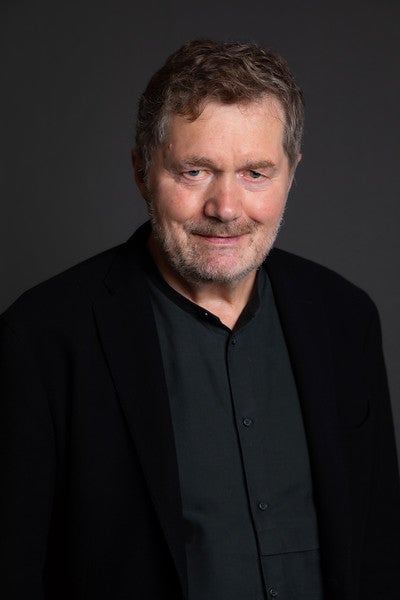
Patrick Whitney
Professor in Residence Department of Health Policy and Management
Pioneer in Human-Centered Design
Public health and design both want to make life better for people, but they take different approaches. Public health is based on science and on knowledge building. Design is based on making things, on problem-solving, and on building prototypes for the future. When designers work on projects, they gain experience, but the knowledge they gain is implicit and informal. This gives designers a lot of freedom, because they’re not restricted by the canon of any specific field.
As we have been reminded with COVID-19, one problem with pandemics is that people forget about them until a new one flares up. Recently, we started a project tentatively called Remember Now, which will use evidence and behaviors that we’re observing now to create innovations that will last beyond the current pandemic. Ten leading design professors around the world will conduct 1,500 ethnographic studies of people living under quarantine. How are these individuals living in close quarters with their families? How are they finding food and preparing it safely? How are they getting medicine? How are they working? How are they playing? How are they learning?
By analyzing this information, we will find patterns in their behaviors. We will then hold web hackathons to develop ideas based on these patterns. These ideas could lead to products, environments, messages, and services that could help prevent the next pandemic, keep people safer when there is a pandemic, and keep pandemics on the minds of policymakers so that research continues to get funded.
Design principles apply to many areas related to pandemics. What if we had a faucet on our sinks that automatically ran water for 20 seconds or that had a tiny screen with an icon that spun for 20 seconds—so that if you didn’t wash your hands long enough, a signal would alert you? What if hand sanitizers came in a color and only turned clear once all the germs on your hands were killed? What if we could build wet markets in China—the live animal markets that are the source of many contagions—where animals and people were less crowded and animal pathogens were less likely to jump into humans?
Scientific professionals tend to have focused points of view, and the focus is built on known facts and on what can be measured. Designers observe things and make conjectures, whether or not what they are observing can be measured. In the beginning of projects, we have an open-discovery goal— not to arrive at answers but to expand the questions we’re asking. In fast-changing situations such as the novel coronavirus pandemic, this approach can be useful.
Photo by Lisa Abitbol







